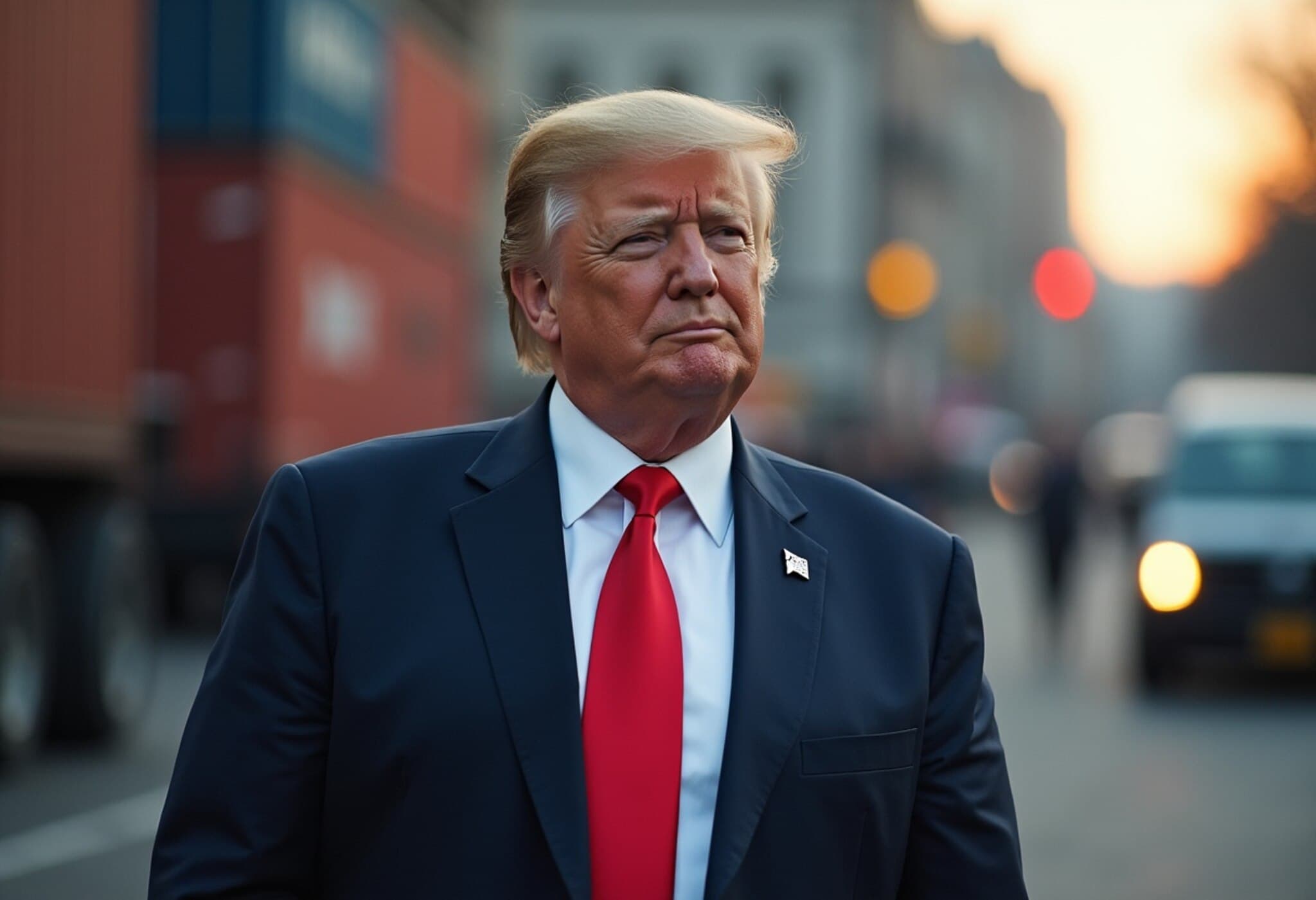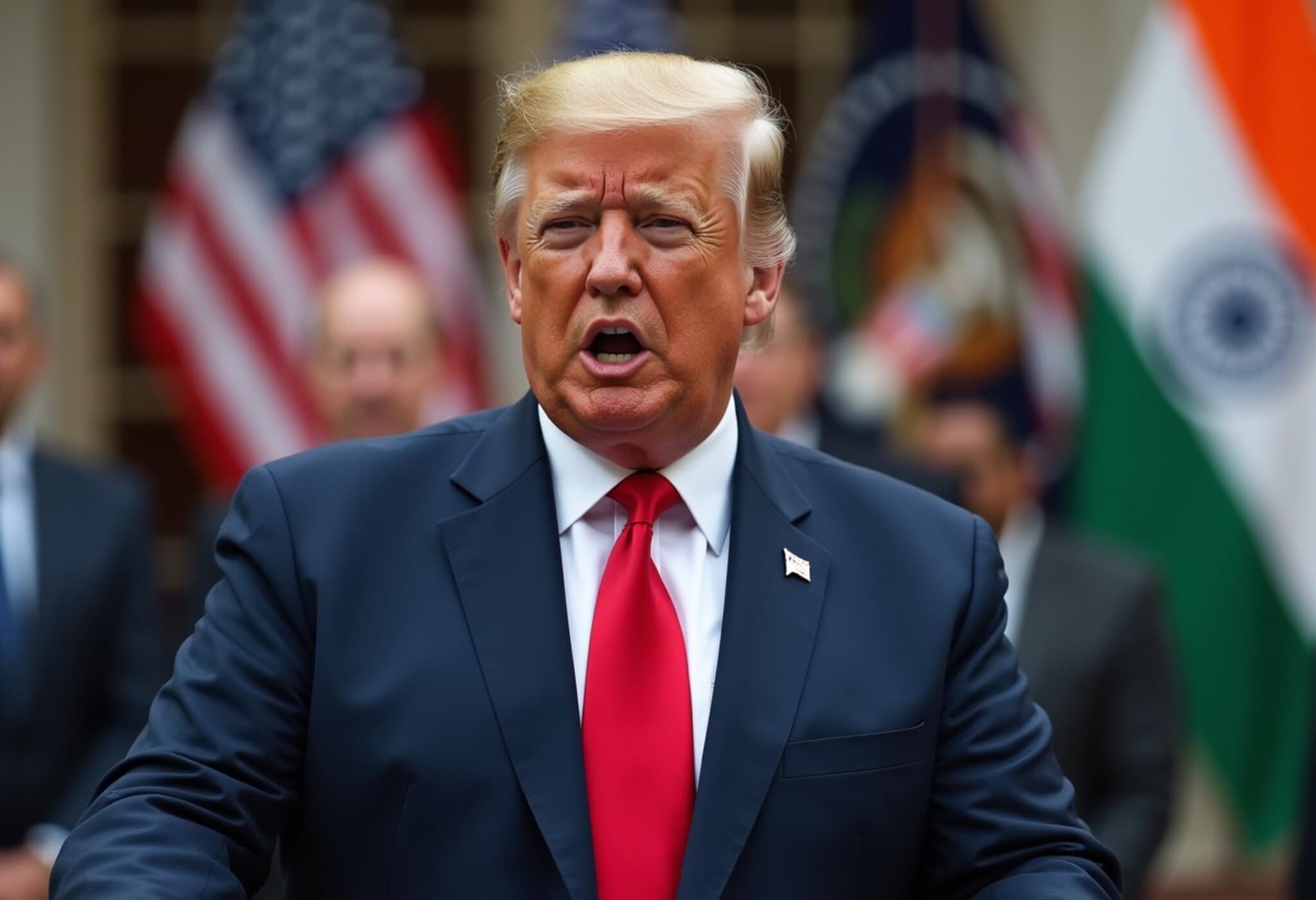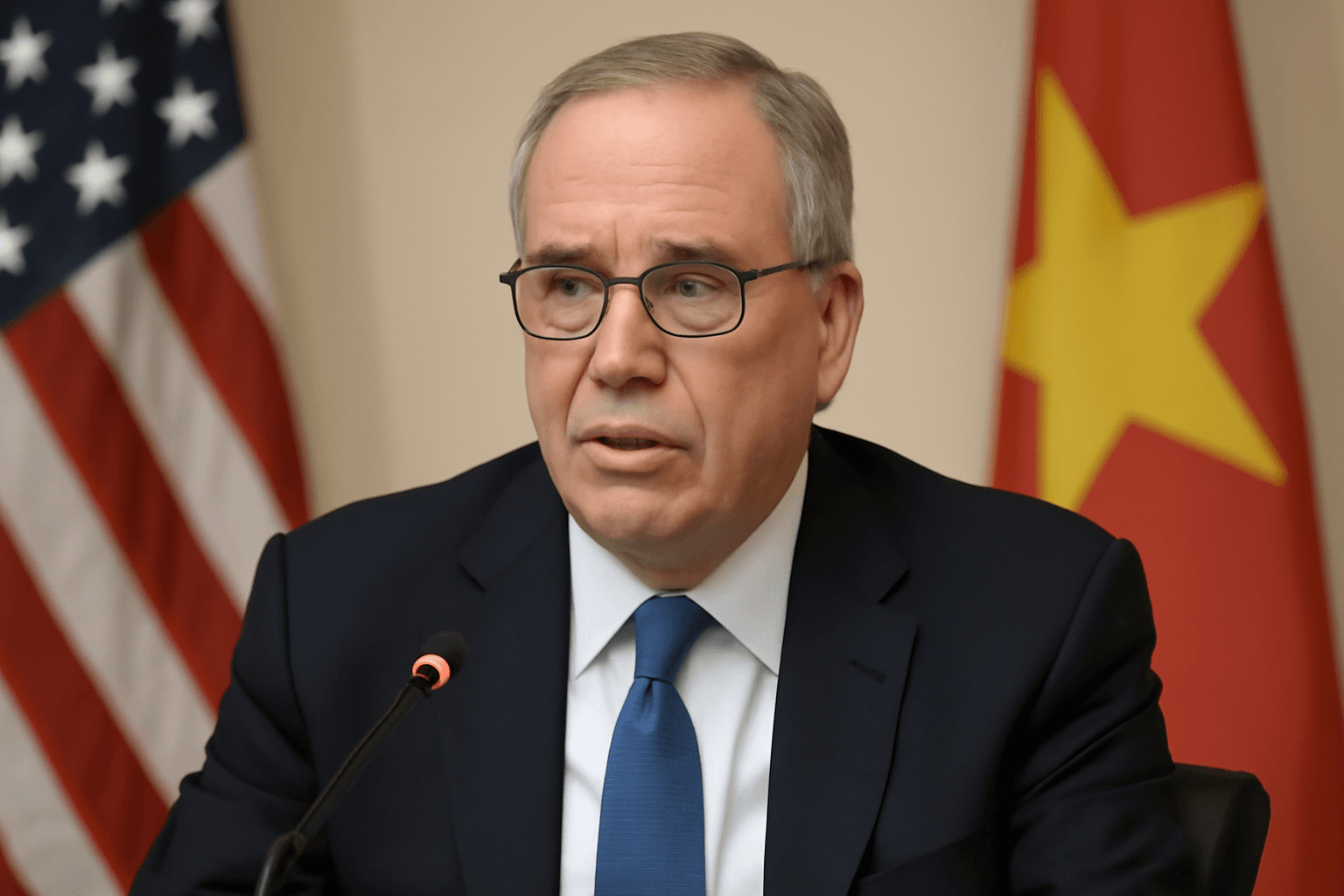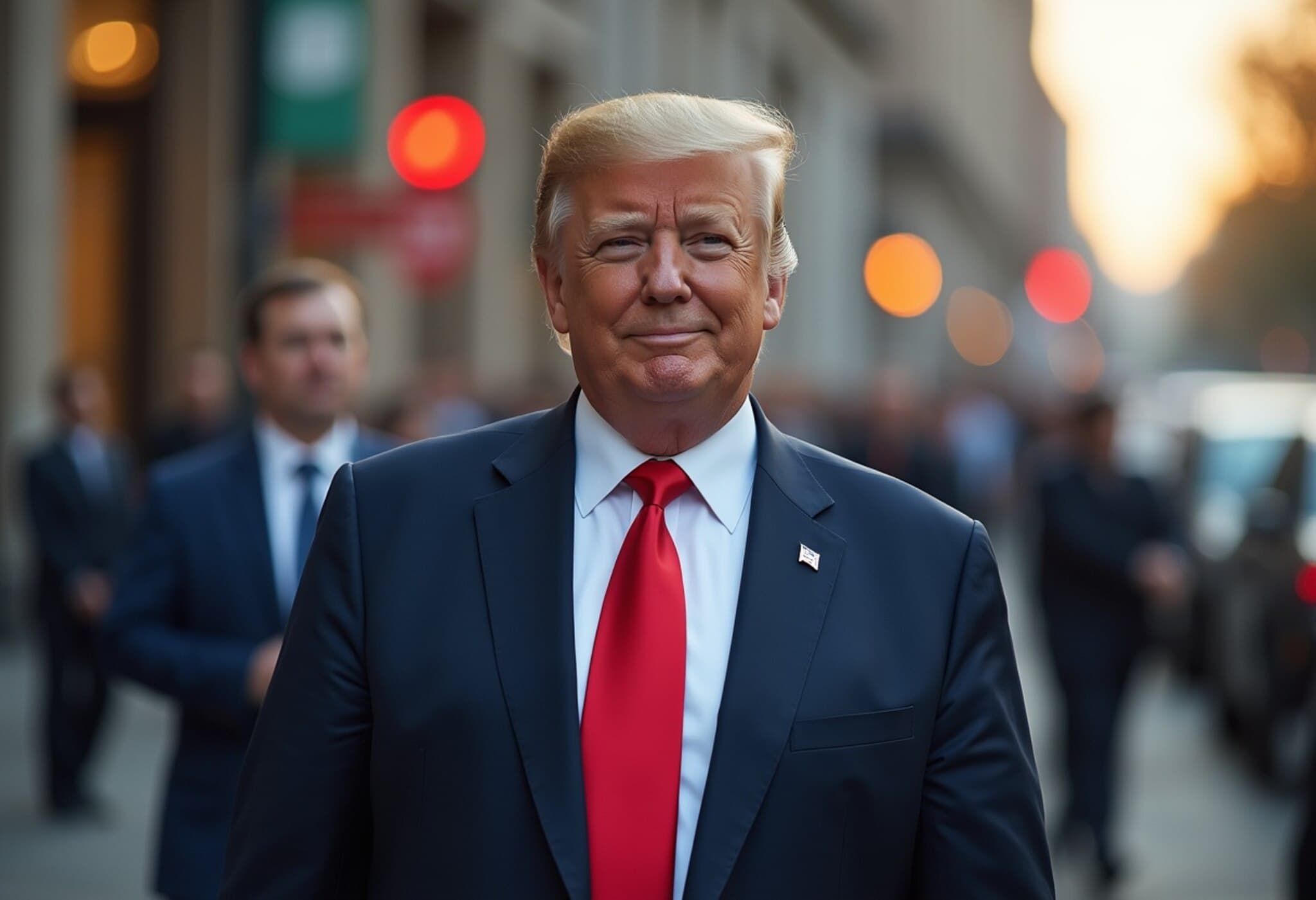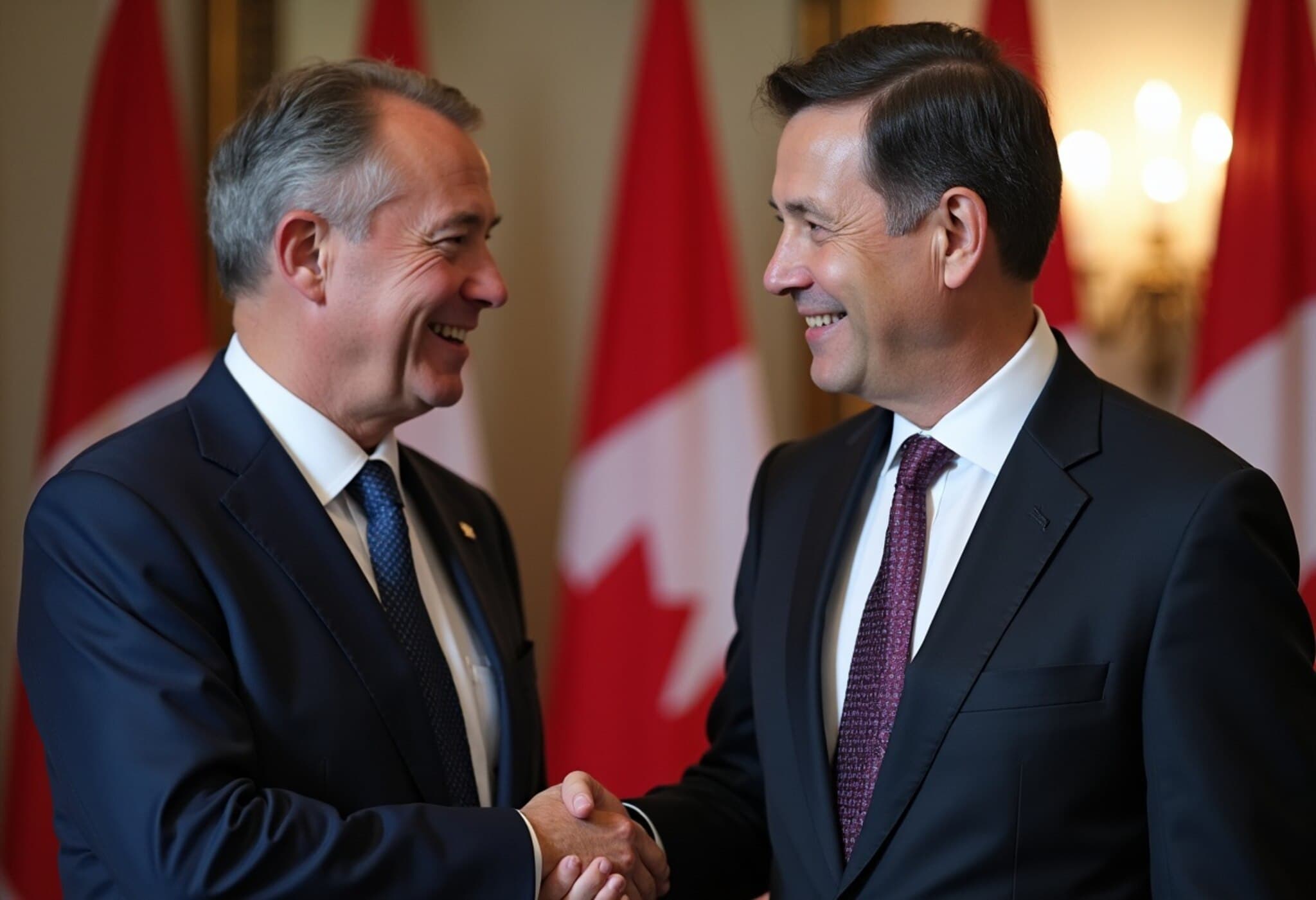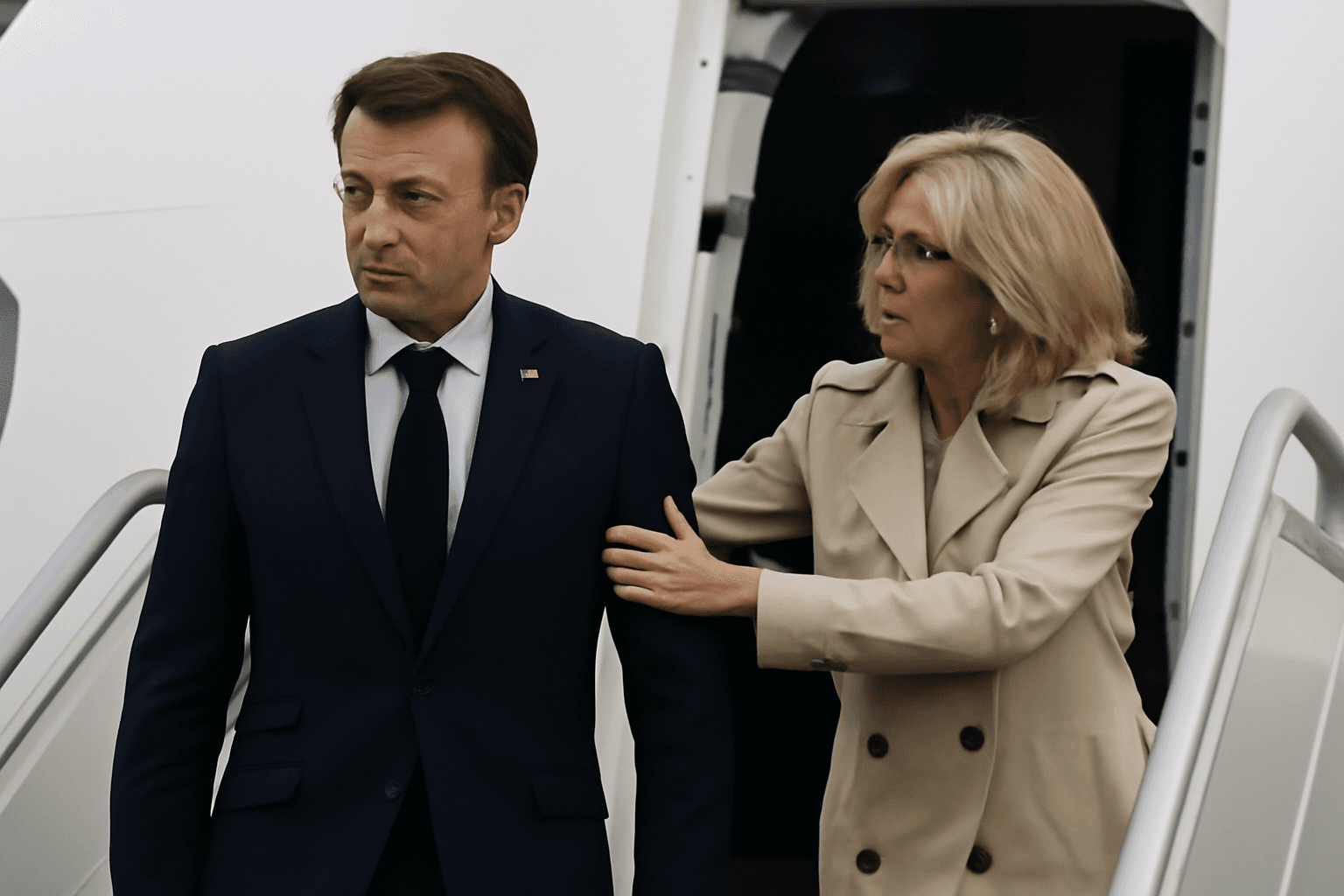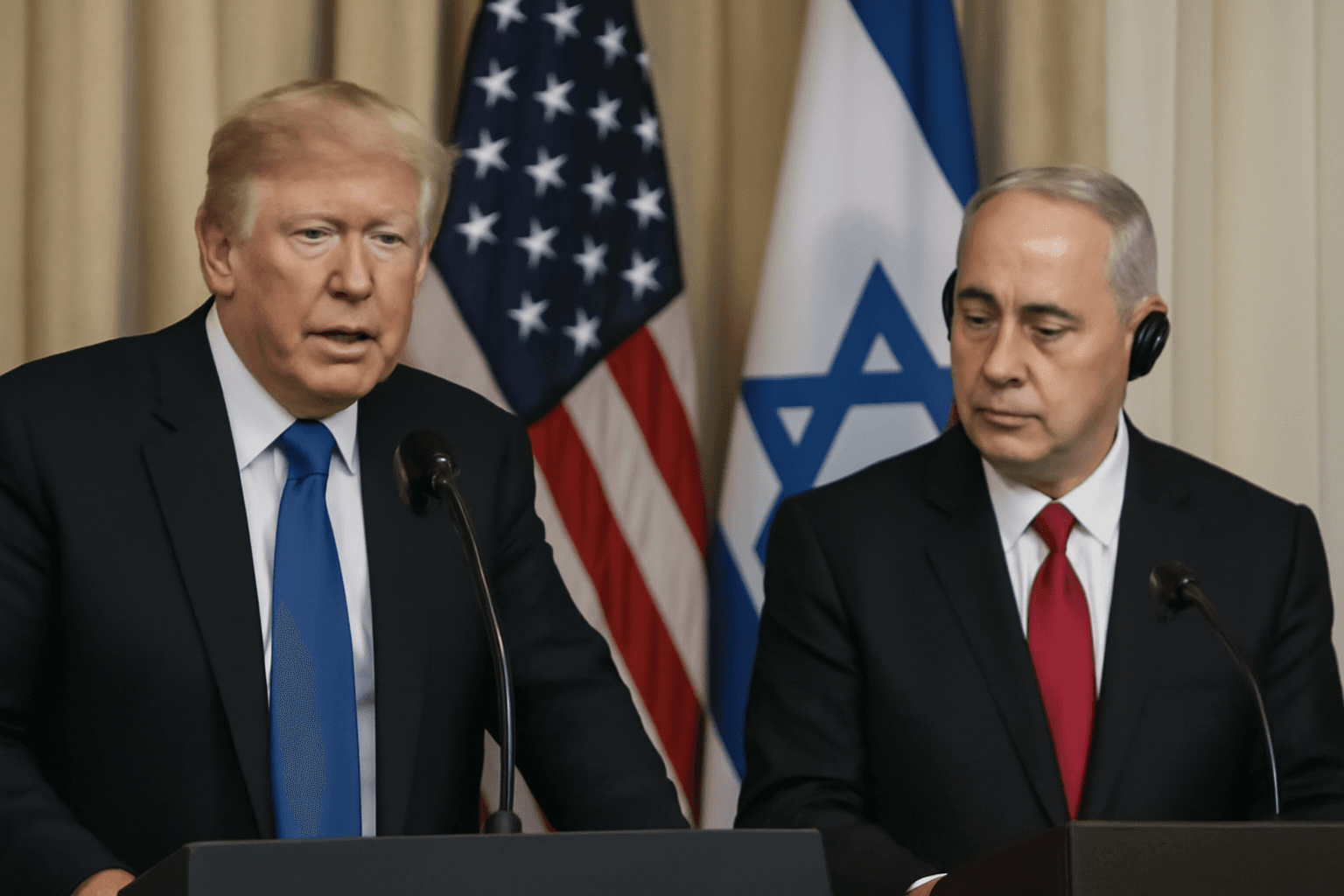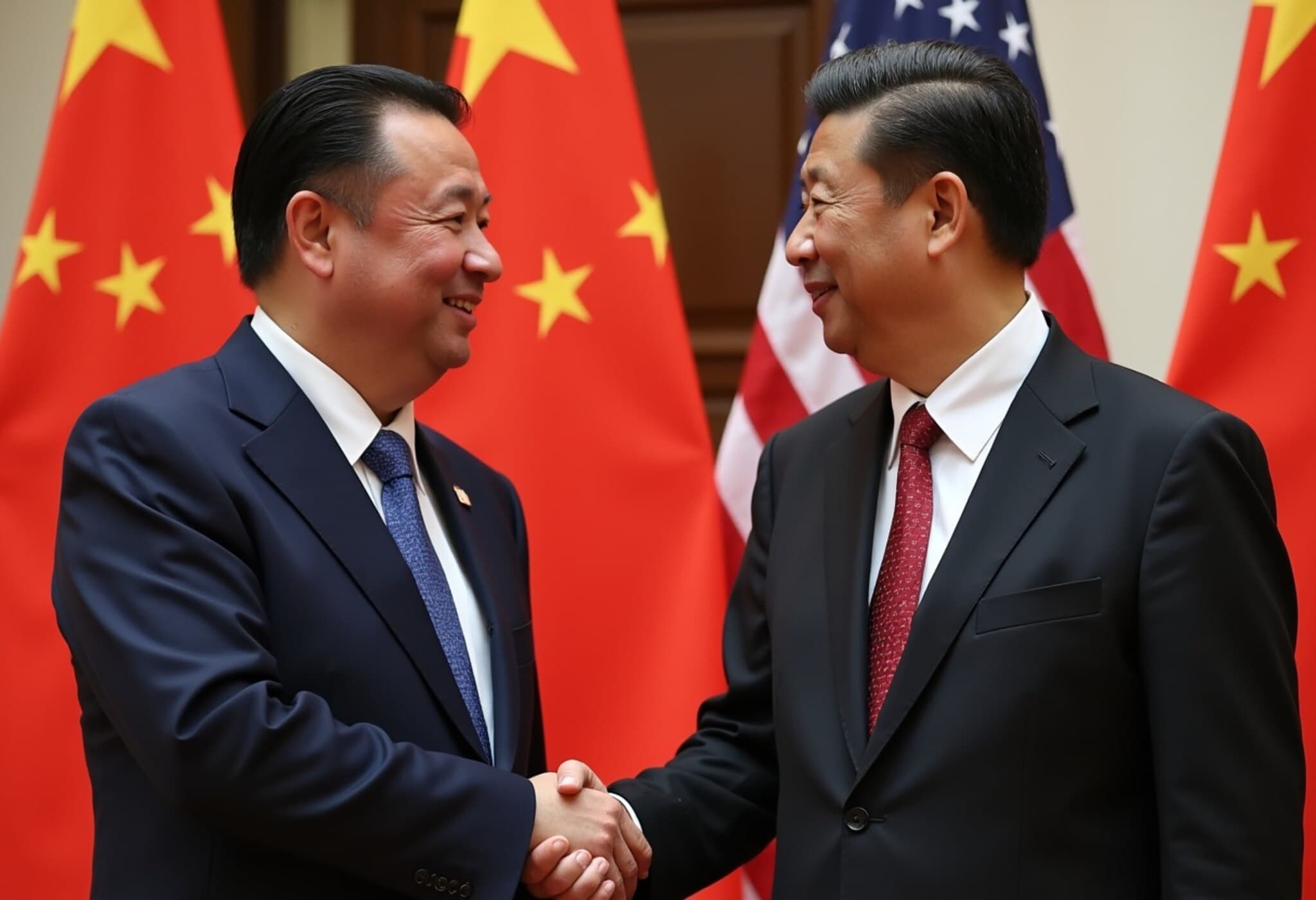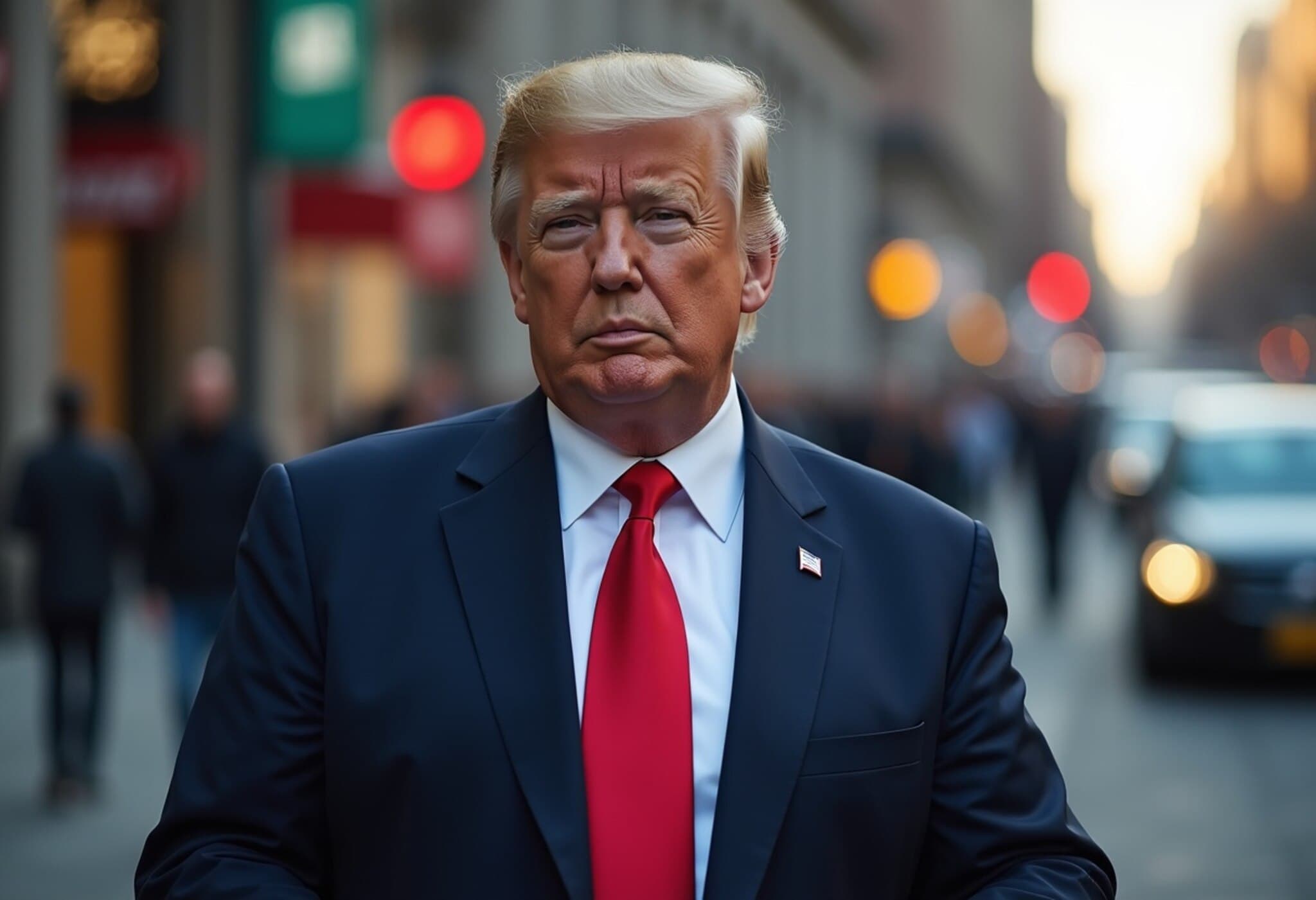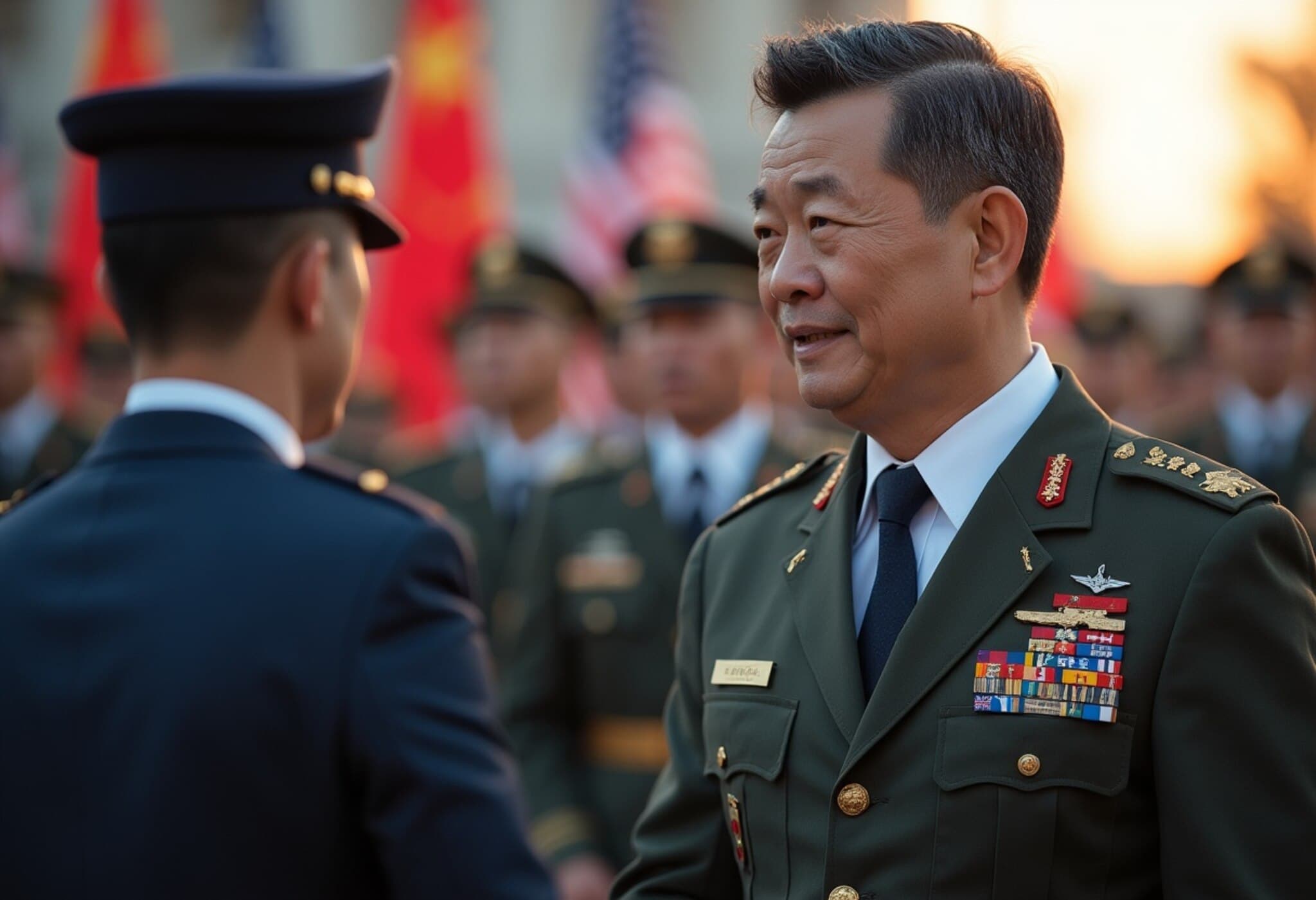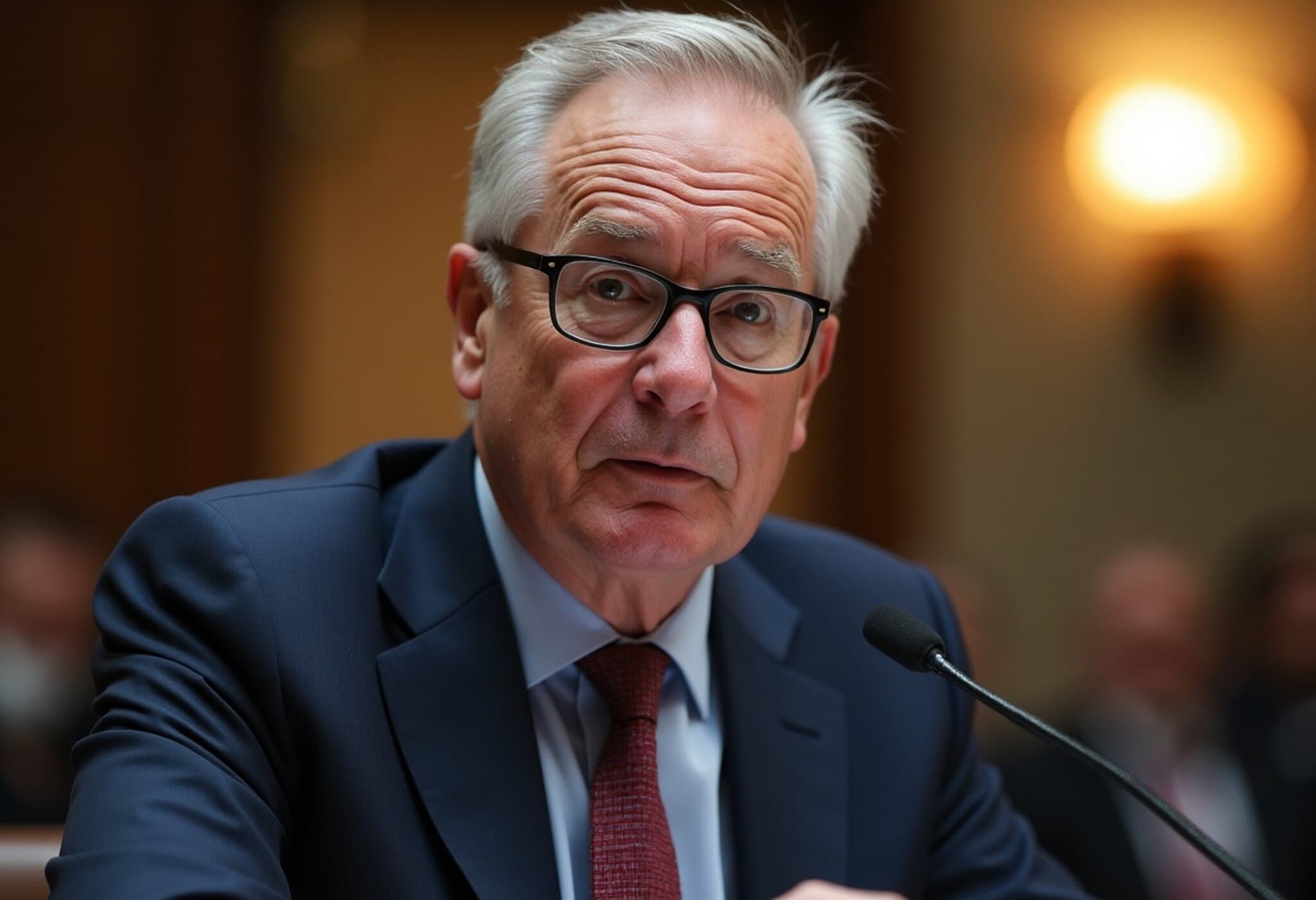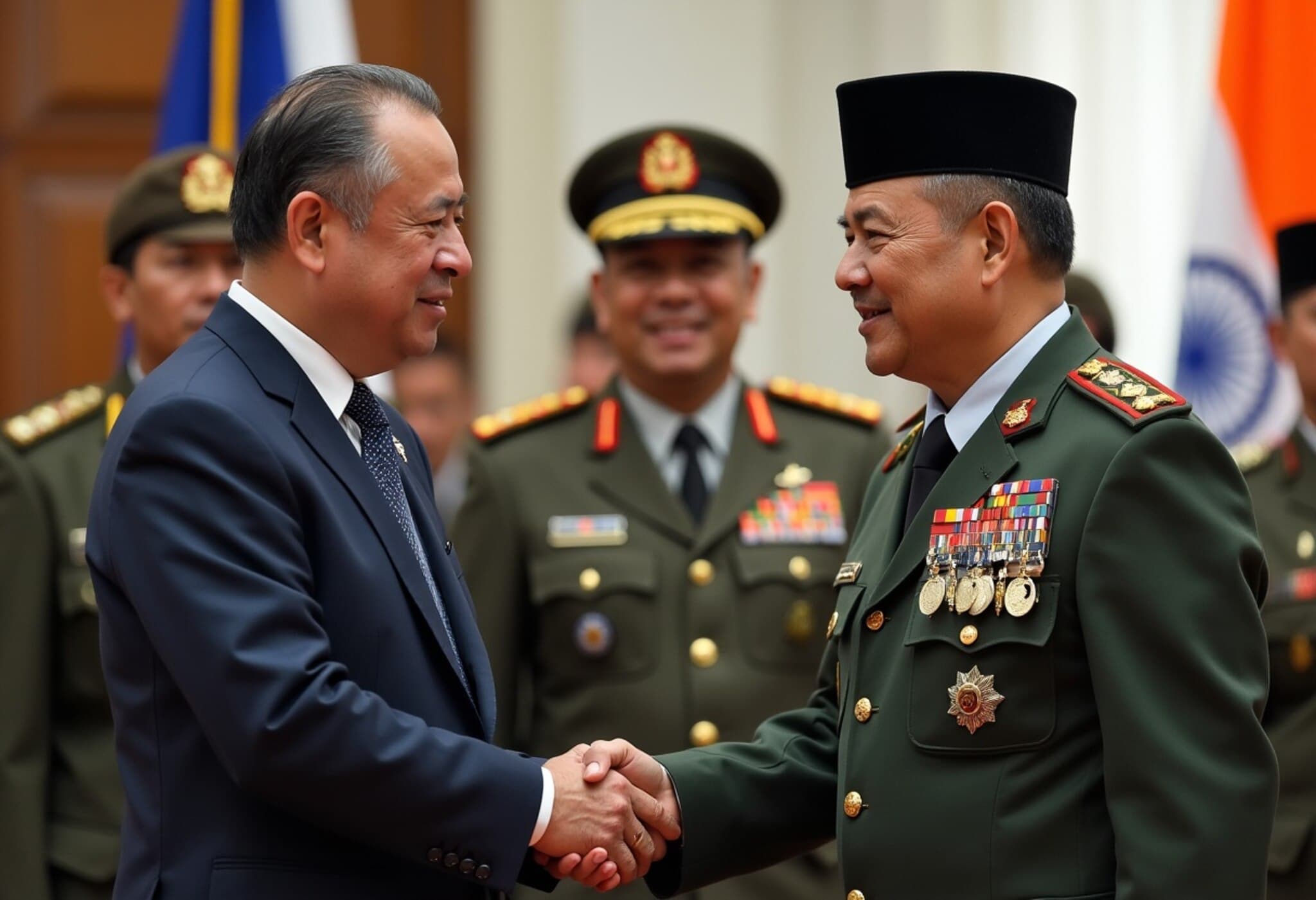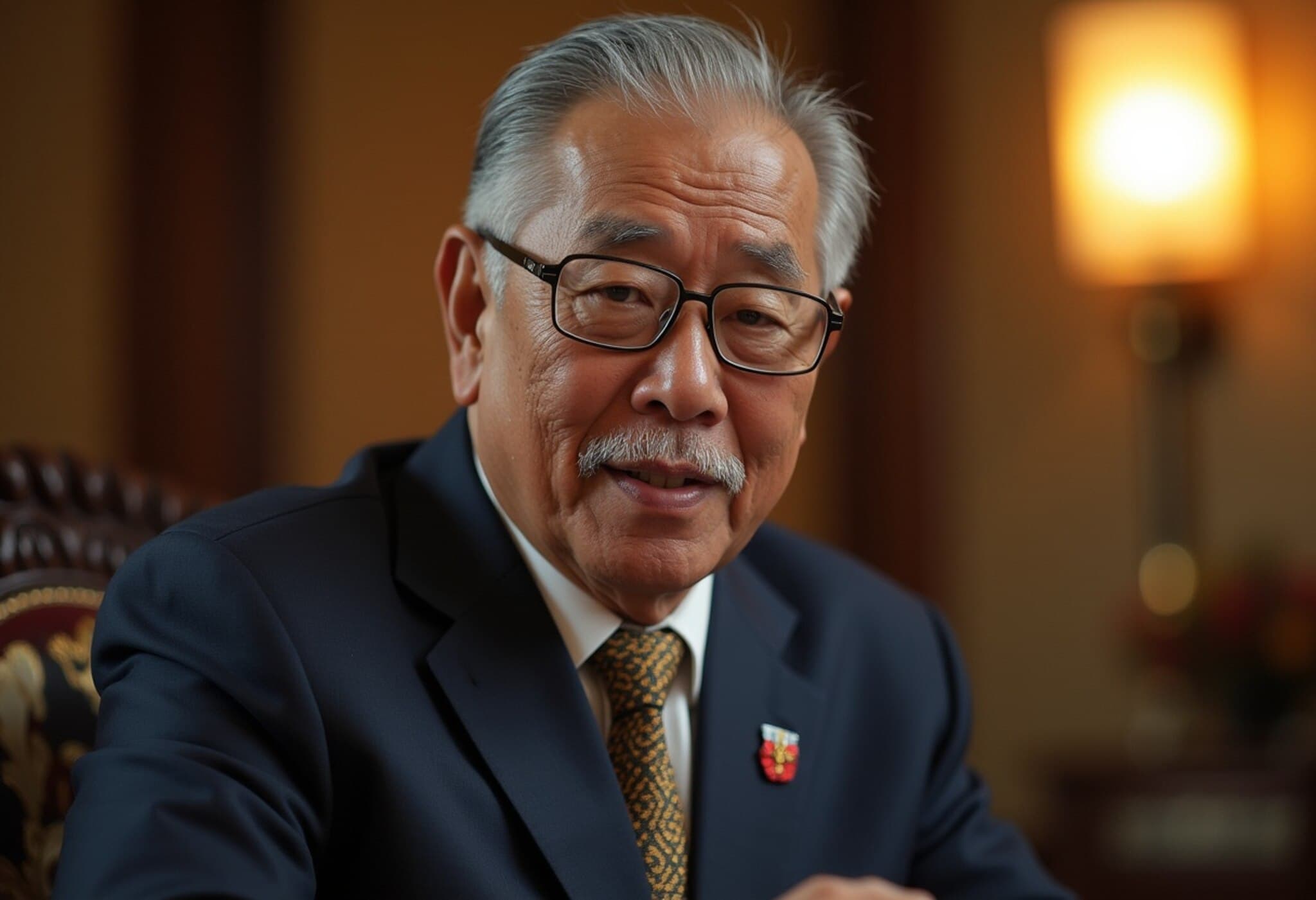US Trade Negotiations with Asia Near Critical August Deadline
As the August 1 deadline approaches, the United States finds itself at a pivotal moment in its trade strategy in Asia. President Donald Trump’s administration is pressing forward with an assertive tariff campaign, while key Asian partners—including India and Japan—navigate complex negotiations to avoid steep tariffs and safeguard their economic relationships with Washington.
India-US Talks: Stalled Amid Key Disagreements
India’s trade delegation, led by senior negotiator Rajesh Agrawal, recently wrapped up a contentious fifth round of negotiations in Washington, with the US delegation soon scheduled to travel to New Delhi. Despite ongoing virtual talks, sources within the Indian government acknowledge that "an interim deal before August 1 looks difficult," underscoring the deep-rooted challenges still at play.
Central to the impasse are India’s steadfast refusal to open its agriculture and dairy sectors and Washington’s insistence on retaining tariffs on Indian steel, aluminium, and automobiles. Both sides appear open to deferring these thorny issues for future discussions, yet no formal agreements have emerged. Meanwhile, the US has not yet issued an official tariff notice, adding a layer of uncertainty to the standoff. Earlier threats from President Trump to impose a 26% tariff on Indian imports have been temporarily held off to allow these last-minute talks.
Philippines President Marcos Jr. to Discuss Trade and Security with Trump
In a parallel diplomatic move, Philippine President Ferdinand Marcos Jr. is set to meet President Trump for a bilateral discussion encompassing trade and defense cooperation. Though Manila has escaped the brunt of tariff threats faced by other Asian nations, the meeting symbolizes the US’s strategic Indo-Pacific pivot. The Philippines’ alignment with Washington on regional security matters could pave the way for a more amicable trade relationship.
Japan’s Trade Negotiations Mark a Crucial Juncture
Japan’s chief trade negotiator, Ryosei Akazawa, engaged in intensive talks with US Commerce Secretary Howard Lutnick in Washington, marking the eighth round of negotiations since April. Japan is under mounting political and economic pressure following a coalition election setback that has raised concerns about the administration’s ability to manage trade tensions. Should no agreement materialize by August 1, tariffs on key Japanese exports to the US could soar to 25%, a sharp increase from the current 10%, threatening vital trade flows.
China’s Transshipment Loopholes Scrutinized Amid US Tariff Push
Beyond direct bilateral talks, the Trump administration is also focused on curbing complex trade practices allegedly exploited by China to bypass US tariffs. Goods routed through third-party countries like Vietnam and Mexico have surged, with nearly 22% of China’s value-added exports to the US routed this way in 2023, up from 14% in 2017, according to Bloomberg Economics.
Experts warn that tighter restrictions on these transshipments could have profound effects, impacting up to 70% of China’s exports to the US and threatening over 2.1% of China’s GDP. While such measures might heighten the immediate pressure on China, they also risk destabilizing long-term economic growth and disrupting supply chains across the region.
Malaysia and Vietnam Resist US Pressure Amidst Trade Talks
Malaysia continues to push back on US demands, particularly regarding regulations on electric vehicles, foreign ownership, and subsidy reductions. Prime Minister Anwar Ibrahim has firmly stated that Malaysia will protect policies favoring indigenous groups, marking clear "red lines" in negotiations. Meanwhile, Vietnam’s talks have been rocky, aggravated by surprise US announcements about tariff rates, reflecting the unpredictable nature of current US trade policy.
Broader Implications for US-Asia Relations and Global Trade
The unfolding trade dialogues reveal more than just disputes over tariffs—they highlight a shifting geopolitical landscape where economic policy intertwines with strategic interests. Washington’s focus on Indo-Pacific partnerships, defense cooperation, and economic leverage illustrates a broader recalibration aimed at countering China's growing influence.
For Asian countries, balancing economic growth while managing diplomatic ties with both the US and China demands delicate maneuvering. The emerging trade dynamics could reshape supply chains, regional alliances, and global marketplaces in ways that will reverberate beyond August’s looming deadline.
Editor's Note
As the clock ticks down to the August 1 deadline, the US-Asia trade negotiations underscore the complexity of modern trade wars where tariffs serve as both economic tools and diplomatic signals. Observers should watch closely how unresolved issues in agriculture, manufacturing, and tariff adjustments evolve—and what this means not only for bilateral ties but also for the broader Indo-Pacific economic architecture. The challenges of transshipment loopholes and political red lines raise critical questions about the future of global trade governance in an increasingly multipolar world.

